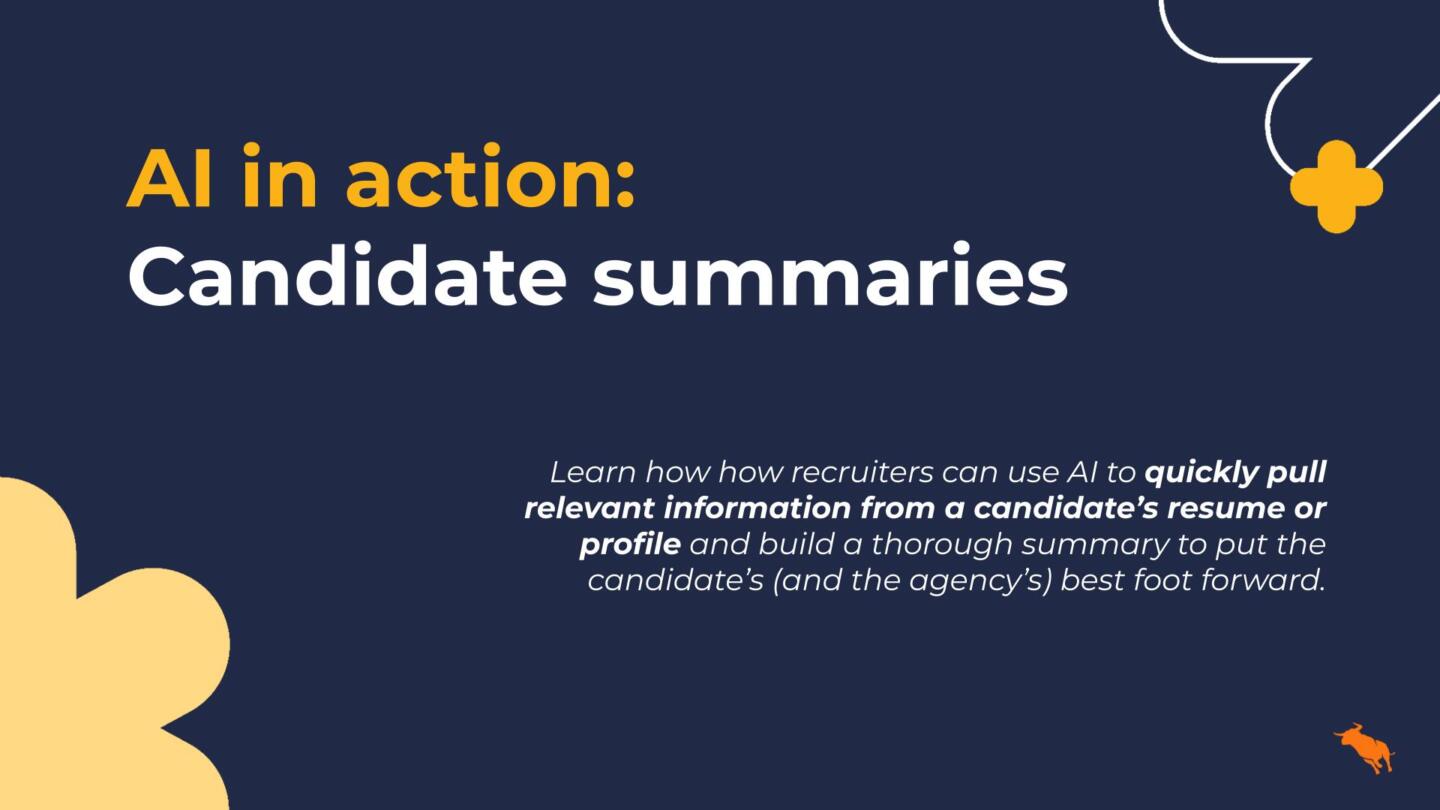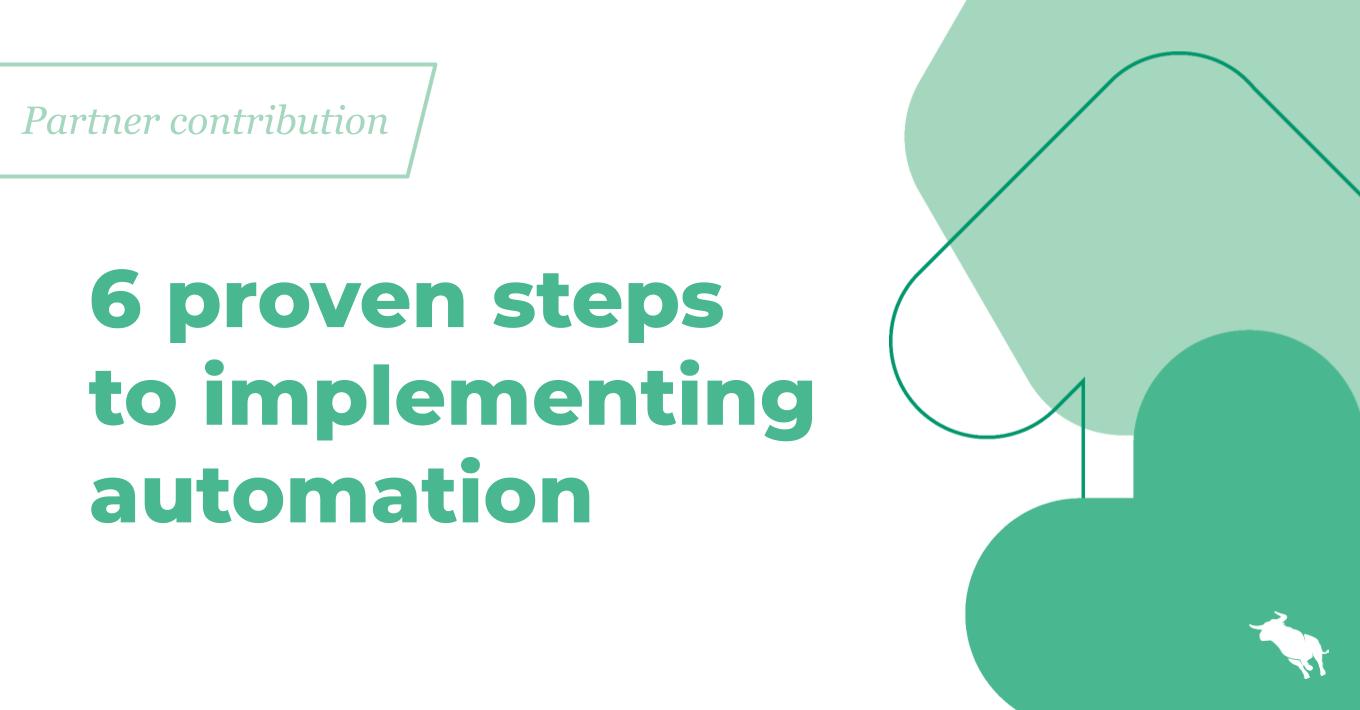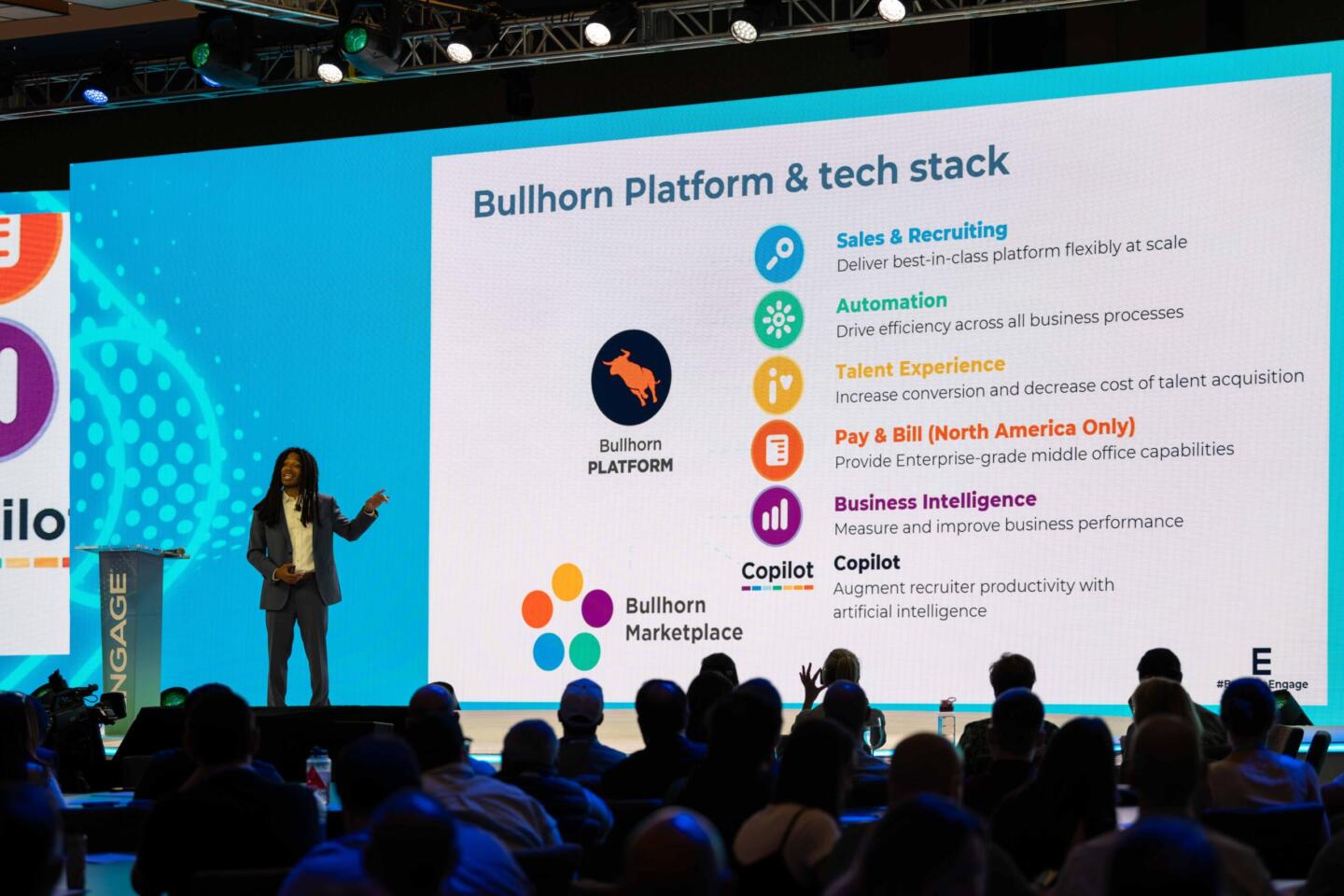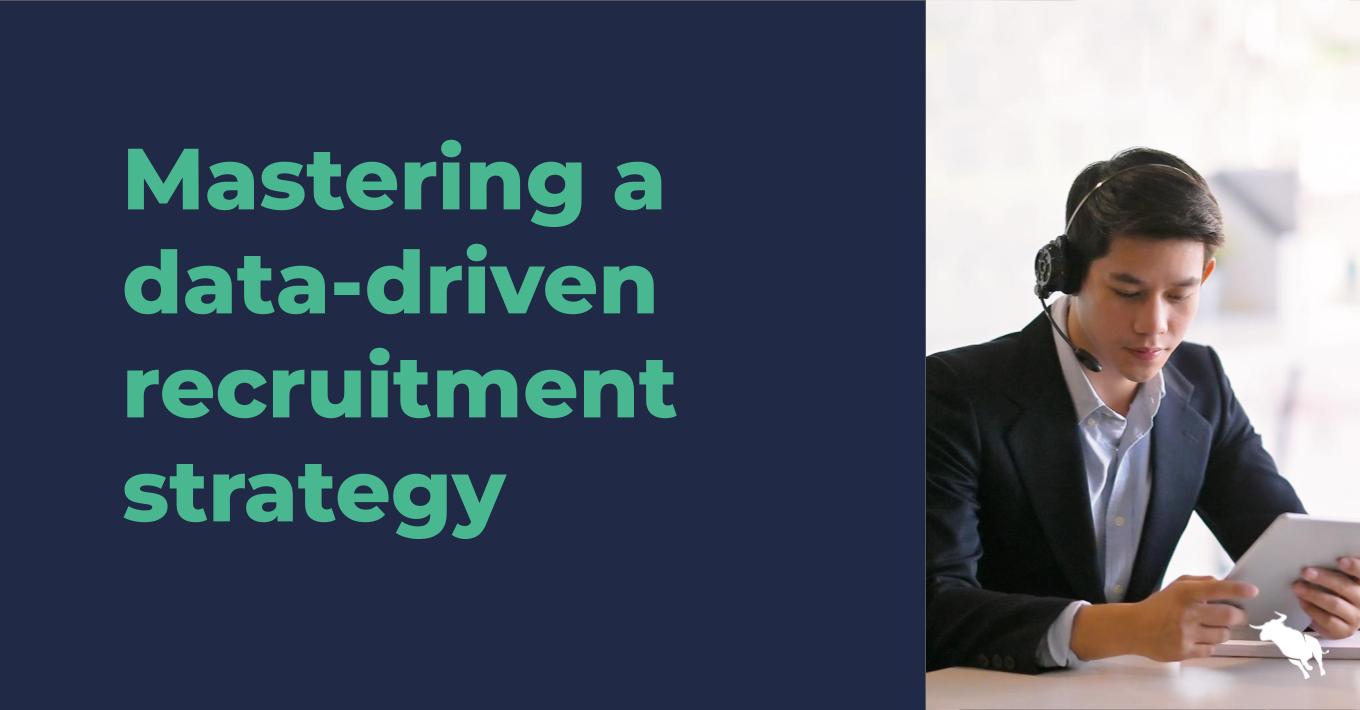4 Steps to Successfully Buying Enterprise Software
Investing in enterprise software can be an unnerving process. You’re often evaluating multiple vendors and working with several business stakeholders, all while trying to balance the timeline, budget and scope of the project. It’s a major undertaking, especially because this software is going to affect the way your business operates on a daily basis.
While the stakes are high, there are a few steps you can take to help you streamline the buying process, such as:
- Secure Executive Sponsorship: Direct, two-way communication with executive level sponsorship (on both sides) is key. This is the “dating” phase of the buying process where the two organizations align from a people, culture, and organizational perspective. Creating a business level conversation at the onset creates critical synergies and trust between the partners, which will have be to be drawn upon constantly.
- Build the Business Case: Identify the opportunity and document it ― also known as (a.k.a.) an “opportunity statement.” Re-read it, refine it, and believe it. An opportunity statement will be the poster board for the business case, as well as the overall success of the implementation and partnership. If you have a partner, bring him or her into this process and co-author it. What value can that partner add from an outsider’s point of view? What are we missing? Key questions to answer in this process include:
- Who are the key stakeholders we need to involve and how will they be impacted?
- What are the measures we will use to define success? (a.k.a. success measures)
- Do these measures meet our stakeholders’ needs?
- What is our timeline? Having an open-ended timeline is a HUGE risk to an enterprise with limited resources (resources are always limited). Create a deadline for approval to ensure the opportunity does not get missed and therefore wastes resources.
- Is status quo still an option? If so, retreat and re-evaluate the opportunity statement.
- Determine the ROI: Price is always a factor, but it should only be an input. Never shop on price – focus on the ROI. Leverage your partner to build a quantifiable ROI case with real numbers. Test this model and evaluate its sensitivity. If this can’t be provided, then retreat.
- Get “Married”: Learn from the vendor-buyer partnership and be flexible, just like you would in a personal relationship. An enterprise partnership is a two-way street, and a complicated one could contribute to a painful implementation process. A couple of thoughts to consider:
- Do we need the button to be blue? Stay focused on the “opportunity statement” and business case. Getting hung up on the “blue button” is like focusing on webbed toes or a misplaced freckle.
- Change is hard, can we rely on this partner? Nothing is worse, and more costly to an enterprise, than a failed implementation (marriage).
- Where will you be in ten years? Enterprise software is a long-term relationship. If for some reason you can’t see the organization or the solution a decade from now (upgrades etc.), something is wrong and retreat fast.
Although these aren’t the only factors involved in the buying process, they are among the most important. By systematically and diligently working through these steps, you will greatly increase your chances of having a successful buying process.
If you are in the process of evaluating enterprise software, then check out some of Bullhorn’s resources below that may help you navigate the vendor landscape:




